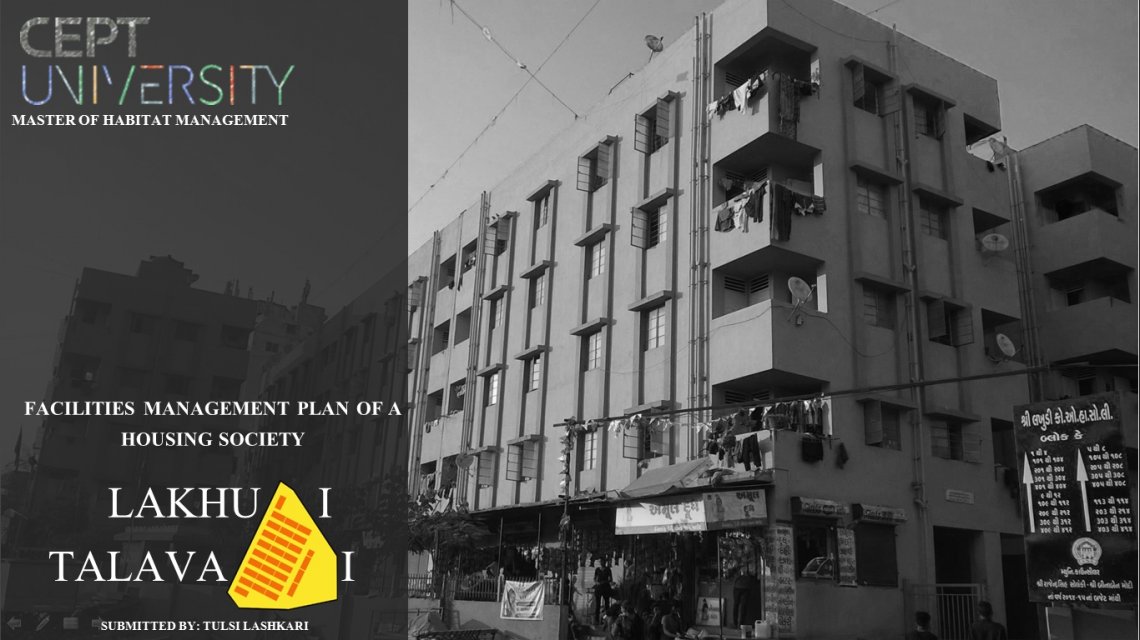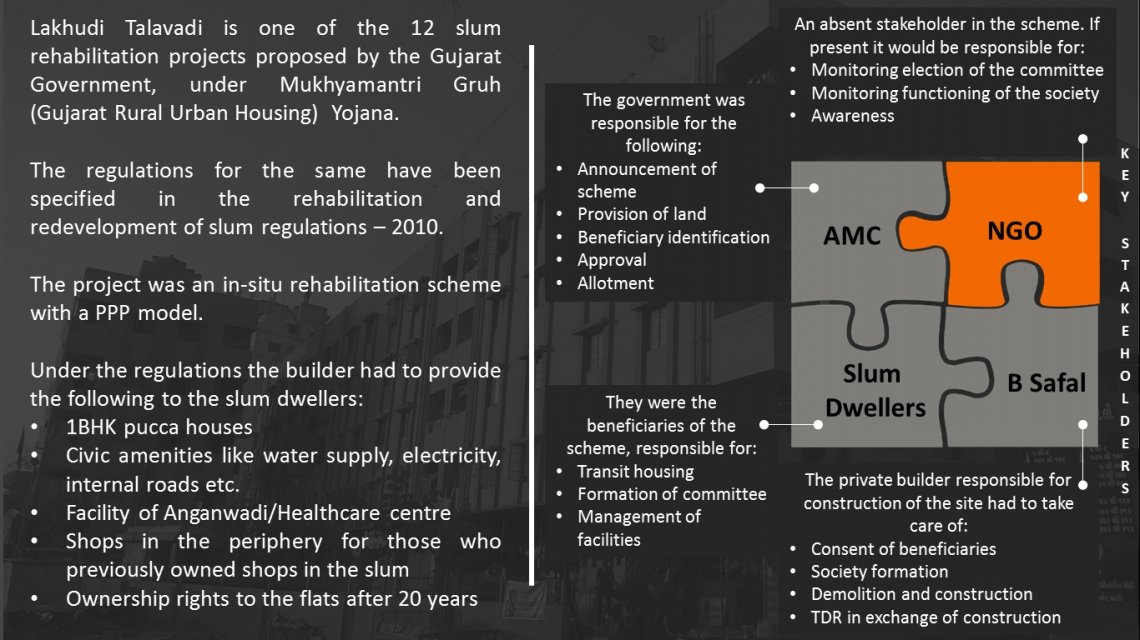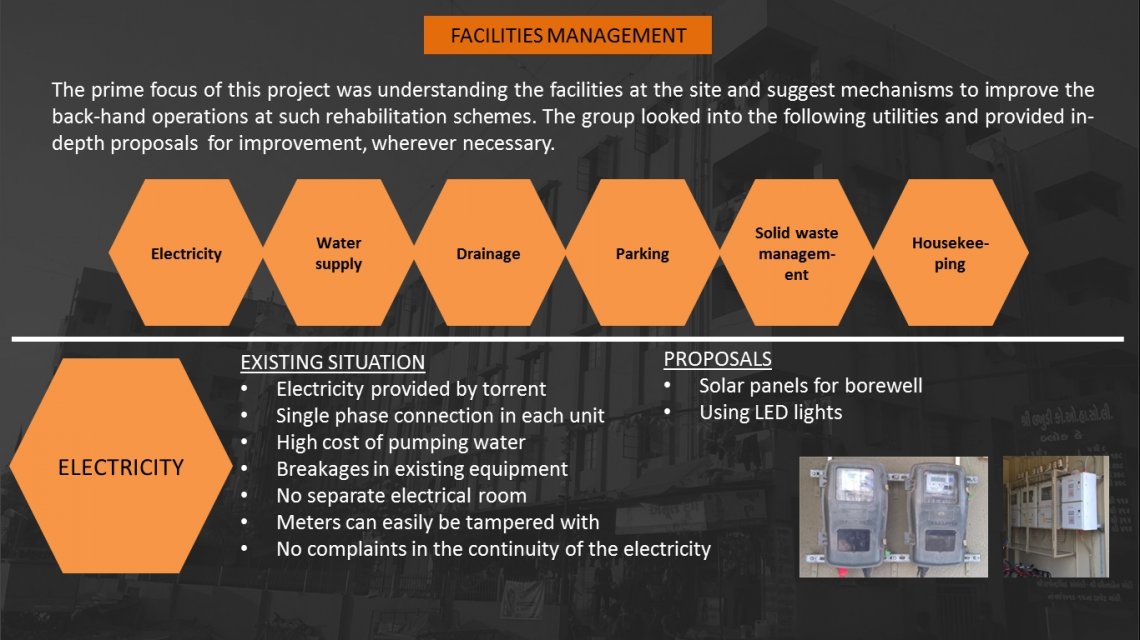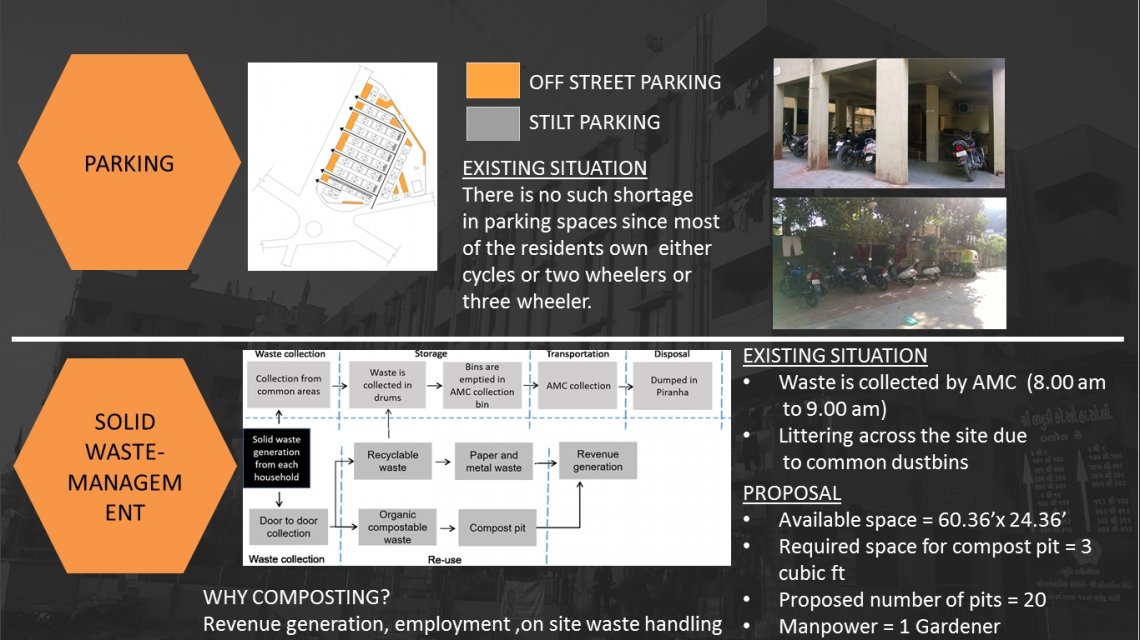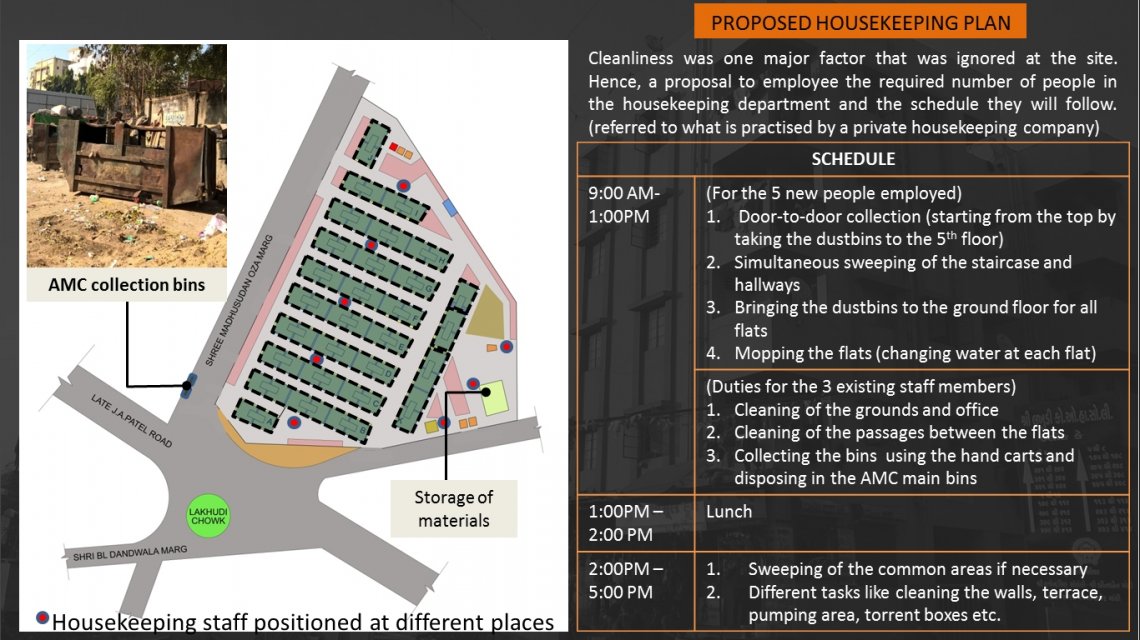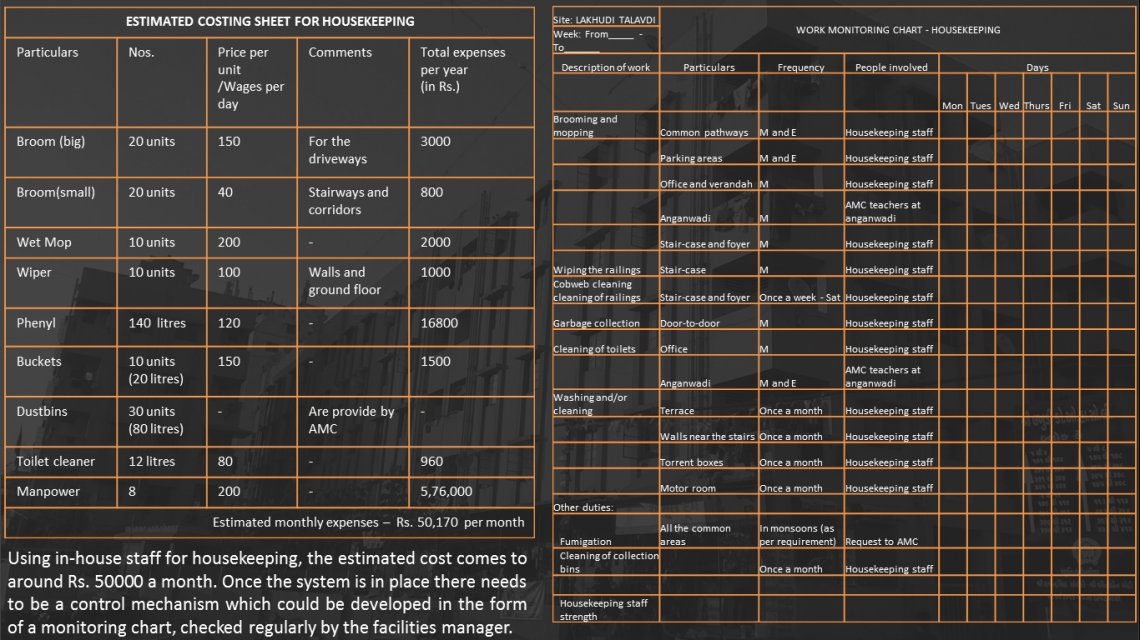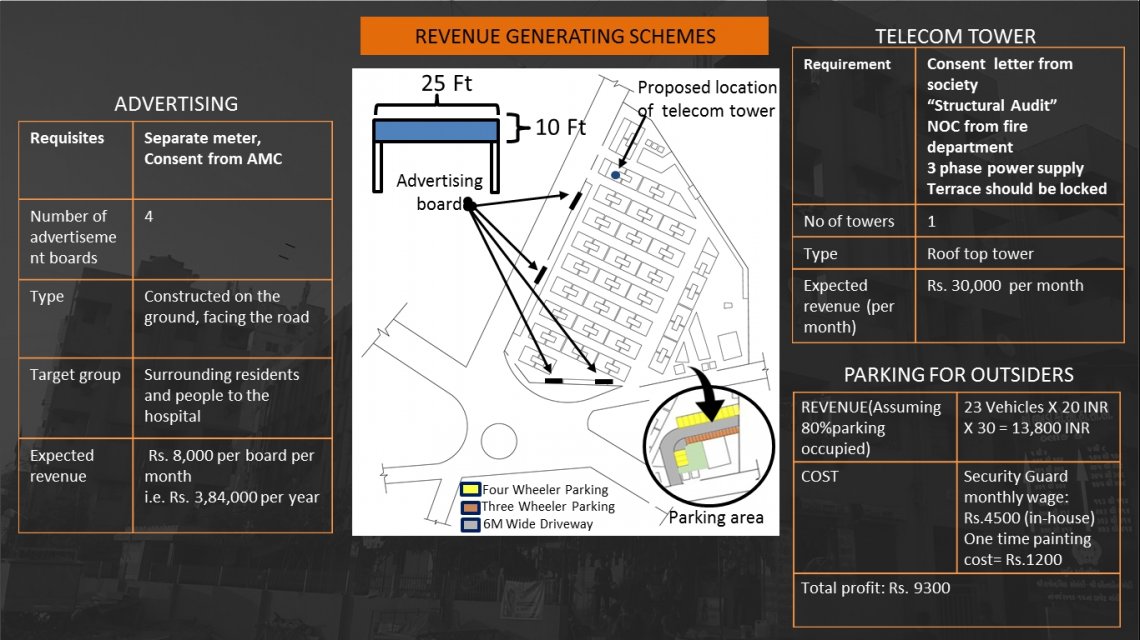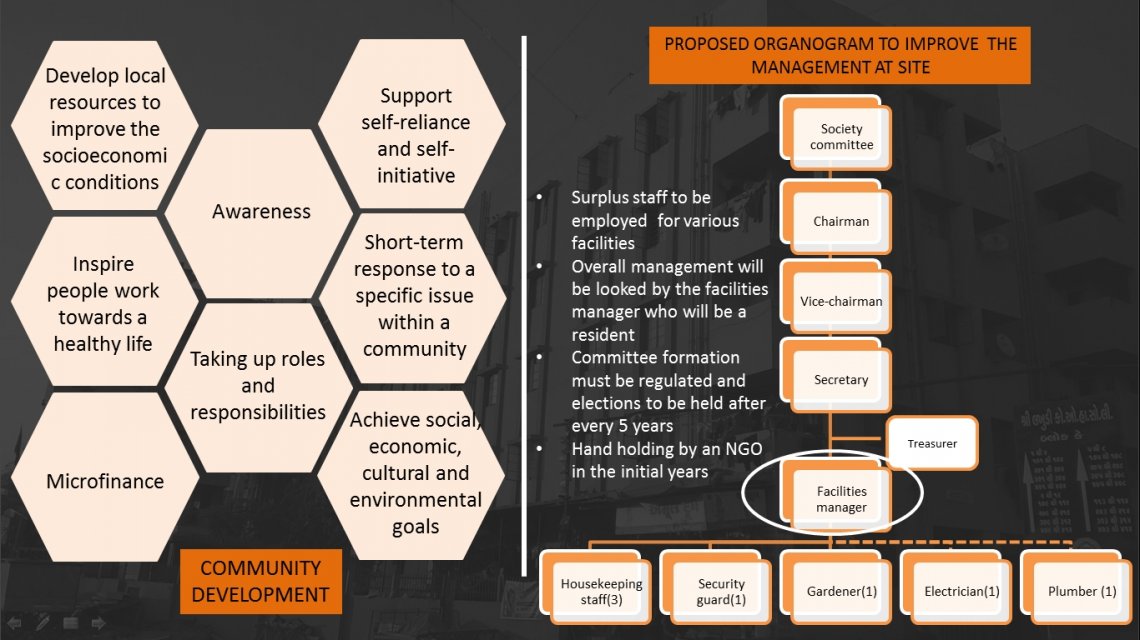Your browser is out-of-date!
For a richer surfing experience on our website, please update your browser. Update my browser now!
For a richer surfing experience on our website, please update your browser. Update my browser now!
Facilities management is about integrating people, place, process and technology to ensure sustainable functioning of the built environment. It supports the core operations of any organization.The focus of this year's studio is on studying the FM of a housing society, particularly focusing on housing for poor. In the case of the slum redevelopment schemes, the post possession services are often ignored resulting in the creation of "VERTICAL SLUM". So the objective was to study the facilities at the site and devise a management plan so as to create sustainable living spaces. Our motto " Building more than just a home".
